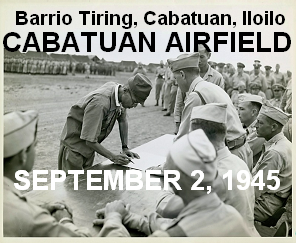
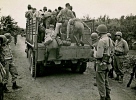
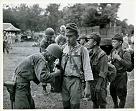
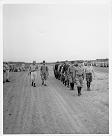
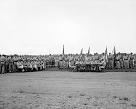
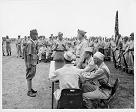
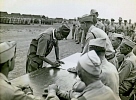
Col. Ryoichi Tozuka signs the surrender instrument
as Col. Raymond G. Stanton looks on.
Cabatuan Airfield
Barrio Tiring, Cabatuan, Iloilo
Panay Island, Philippines, September 2, 1945
|
|
- o -
|
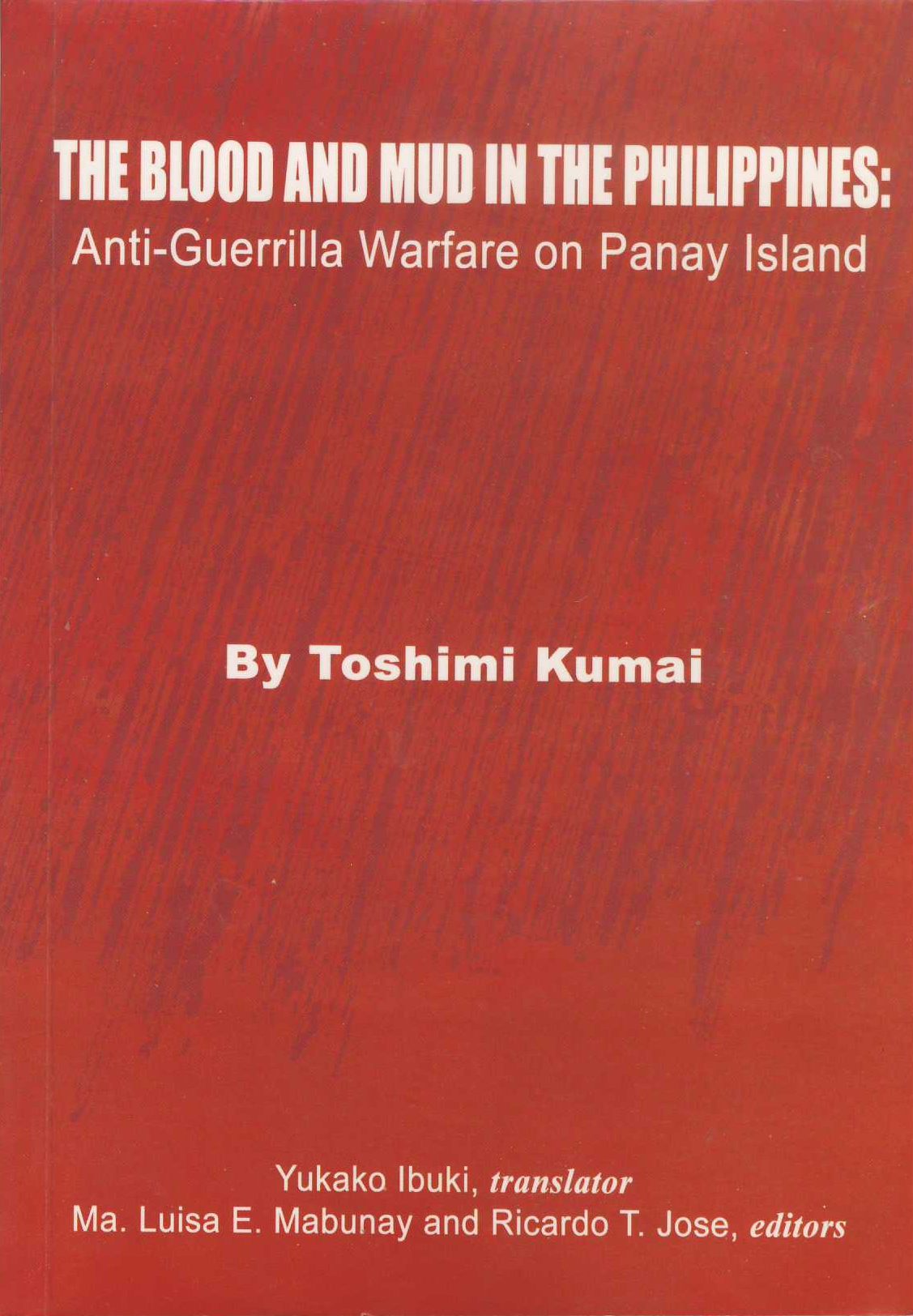
The Blood and Mud in the Philippines
Anti-Guerrilla Warfare on Panay Island
by Toshimi Kumai
Yukako Ibuki, translator
Ma. Luisa E. Mabunay and Ricardo T. Jose, editors
|
|
7.2 Annihilation and Withdrawal of the Garrisons
Some troops were ordered to leave Panay to join the battle of Leyte where they perished.
Along with the US air raids of Iloilo City, the guerrillas were constantly attacking the garrisons in Panay. Among the H˘jin, women formed the Patriotic Association of Women. Twenty to thirty of them got together every day to make hand-made grenades from cut water pipes and dynamite.
In some garrisons, soldiers fought to the last man. In others, some were relieved and withdrew. Corpses of slain Japanese troops were left naked, beheaded, severed of their limbs or displayed in market places by the guerrillas. In many instances, there were too few soldiers at the garrison facing the enemy with superior firearms. Colonel Hidemi Watanabe did not seem to understand the new situation. Colonel Tozuka blindly followed his orders that caused those tragic cases of annihilation.
|
|